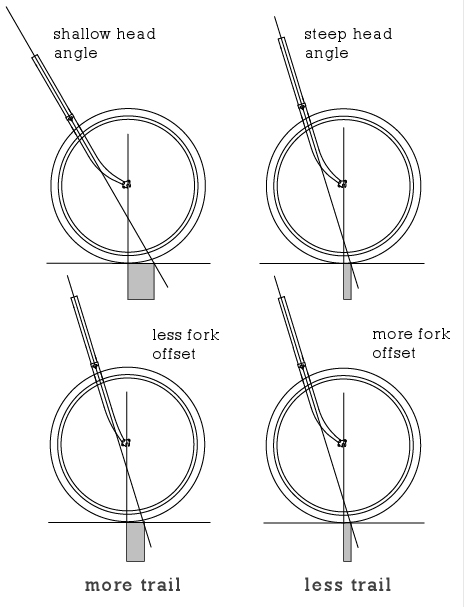Tim29
Well-known member
So got a chance to take the 2019 Fantic Integra 180 race for a spin and evaluation.
First let’s talk about what updates that Fantic didn’t put much on paper about over the 2018model.
I’ll start at front work my way through the bike. First update is the fork offset and steering stem. Gone is the 51 mm and replaced with 42mm, stem from 55 on large to 35.
Front wheel is now a Mavic and it is couple mm wider then the 2018 model but i didn’t dismount tire for true internal measurement.
The crank arms are 5mm shorter and greatly help reduce pedal strikes, seat got new brand but i don’t know how to spec seats.
Seat post dropper has little more travel. Rear mavic wheel is 2mm wider then last year with same tires front and rear.
Sounds like a very small list of changes, but the bike is noticeably better. Enough i had to get one and retire my 18.
Tight switch back the 42 off set is snappy, S turns its quicker, stability seems every bit as solid and the playful side has little more life.
First let’s talk about what updates that Fantic didn’t put much on paper about over the 2018model.
I’ll start at front work my way through the bike. First update is the fork offset and steering stem. Gone is the 51 mm and replaced with 42mm, stem from 55 on large to 35.
Front wheel is now a Mavic and it is couple mm wider then the 2018 model but i didn’t dismount tire for true internal measurement.
The crank arms are 5mm shorter and greatly help reduce pedal strikes, seat got new brand but i don’t know how to spec seats.
Seat post dropper has little more travel. Rear mavic wheel is 2mm wider then last year with same tires front and rear.
Sounds like a very small list of changes, but the bike is noticeably better. Enough i had to get one and retire my 18.
Tight switch back the 42 off set is snappy, S turns its quicker, stability seems every bit as solid and the playful side has little more life.
Last edited:

